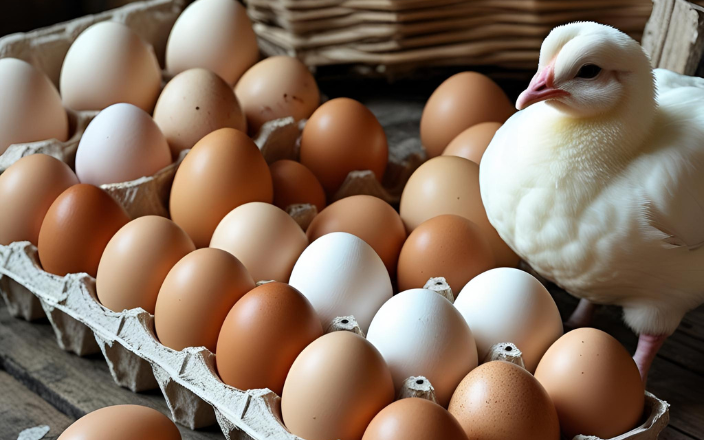After enduring a severe egg shortage in late 2023 and early 2024, Russia’s egg market is now facing a new and unexpected challenge: oversupply. Farmers, who ramped up production in response to soaring prices and government pressure, are now struggling with excess inventory and falling prices.
From shortage to surplus
The crisis began with a dramatic 40% spike in egg prices in late 2023, driven by a combination of avian flu outbreaks, rising feed costs, and disrupted supply chains due to Western sanctions. In response, the Russian government implemented emergency measures, including lifting import duties and sourcing eggs from countries like Azerbaijan and Turkey.
These interventions, while temporarily easing shortages, encouraged producers to expand operations. However, demand has not kept pace with the increased supply, leading to a market glut by mid-2025.
Economic and political ramifications
The egg crisis has exposed deeper vulnerabilities in Russia’s agricultural sector. Once nearly self-sufficient, the country now finds itself reliant on imports and struggling with the volatility of domestic production. The oversupply has also triggered financial strain for poultry farmers, many of whom took out loans to expand capacity during the shortage.
Politically, the crisis has stirred unrest. In 2023, the head of a major poultry farm survived an assassination attempt amid allegations of price manipulation. The Federal Anti-Monopoly Service has since launched investigations into several producers, further destabilizing the sector.
What lies ahead?
Experts warn that unless the government intervenes again—this time to manage oversupply—Russia could see a wave of bankruptcies among small and mid-sized egg producers. Some analysts suggest implementing strategic reserves or export incentives to stabilize the market.
At the same time, the crisis underscores the need for long-term reforms in Russia’s food production systems. Diversifying feed sources, investing in disease prevention, and improving supply chain resilience are all seen as critical steps to avoid future disruptions.
Conclusion
Russia’s egg market, once a symbol of agricultural self-sufficiency, is now a case study in how quickly food security can unravel. As the country navigates this new phase of the crisis, the balance between market forces and state intervention will be crucial in determining the sector’s future.
Sources: Available upon request

